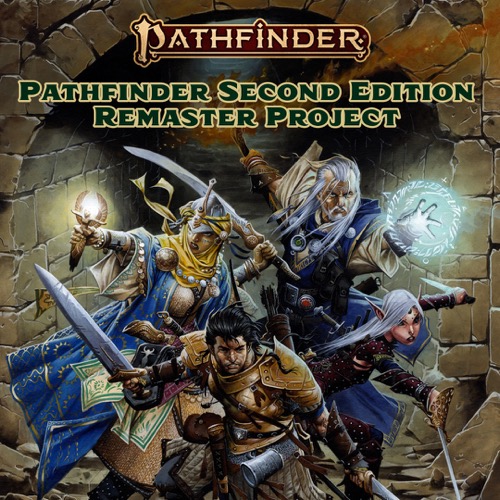“There’s more to life than fighting monsters and looting treasure. What happens when a PC wins a deed to a tavern in a game of cards, crafts a magical item, builds a home, or pursues a relationship? All these goals and more are resolved by running downtime. Downtime is the space between adventures, where your PCs take a step back before the next chapter starts. In downtime, you can sum up the important events of a whole day with just one roll. Use this mode when the characters return home or otherwise aren’t adventuring.” —Pathfinder GM Core
With the lowest stakes and longest time covered, downtime is a great way to start sessions, or take a break between major beats of a campaign. While most groups will do downtime activities in a few minutes, some downtime periods may last an entire session to suit the story beats. Just like exploration mode, downtime mode can be interspersed with encounters and roleplay beats to keep things moving.
There are a variety of tasks characters can take during downtime, such as taking long-term rests, earning income through a variety of avenues, going shopping, and retraining skills! Some of these tasks take longer than others—happening over a series of days or weeks, rather than hours in game. But take care not to linger too much in downtime at the table—15 minutes to half an hour is a good baseline for most downtime activities.
Downtime should always start with each player deciding what activity their character doing—or a group of characters deciding to collaborate on a downtime activity, like putting on a show to earn income. Some downtime tasks only require a simple roll and a little embellishment; for example, rolling a 22 to Earn Income via Crafting only requires the character stating what they’ve made and what it looks like. The GM might choose to roleplay a short scene of the buyer complimenting the work.
This is also a great time for daily preparations, such as choosing spells. Players should decide on a standard set of daily preparations, which will then be assumed to be the default unless the player states otherwise during a given downtime.
For longer periods of downtime that may take place over weeks, months, or even years, the GM and players should check in about long-term goals for the downtime. Then, rather than rolling for every single day and activity, the GM can lay out specific events that are bigger stepping stones to that end goal.
Using downtime is a great way to slow the game down after a stressful adventure or battle, as well as ease players into the session at the beginning of a new chapter! Pathfinder GM Core goes into detail about running downtime, to support GMs as they help characters achieve long-term and short-term goals. Pathfinder Player Core outlines some basic downtime activities for player characters, as well as suggestions for thinking outside the box!
Pathfinder Player Core and Pathfinder GM Core are available now on paizo.com and at your friendly local game store!
Pass Time Between Adventures with Downtime Mode
Tuesday, December 5, 2023








